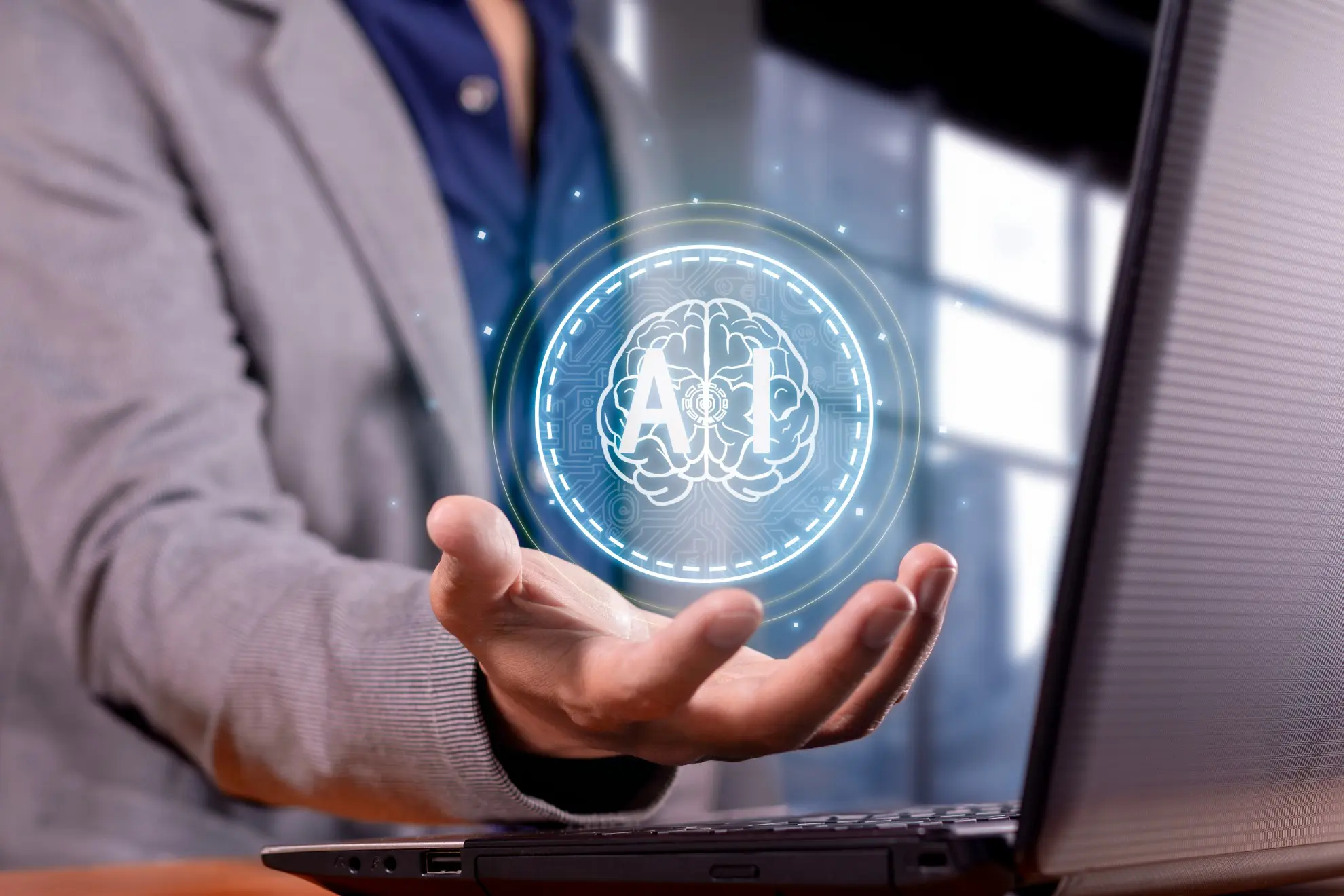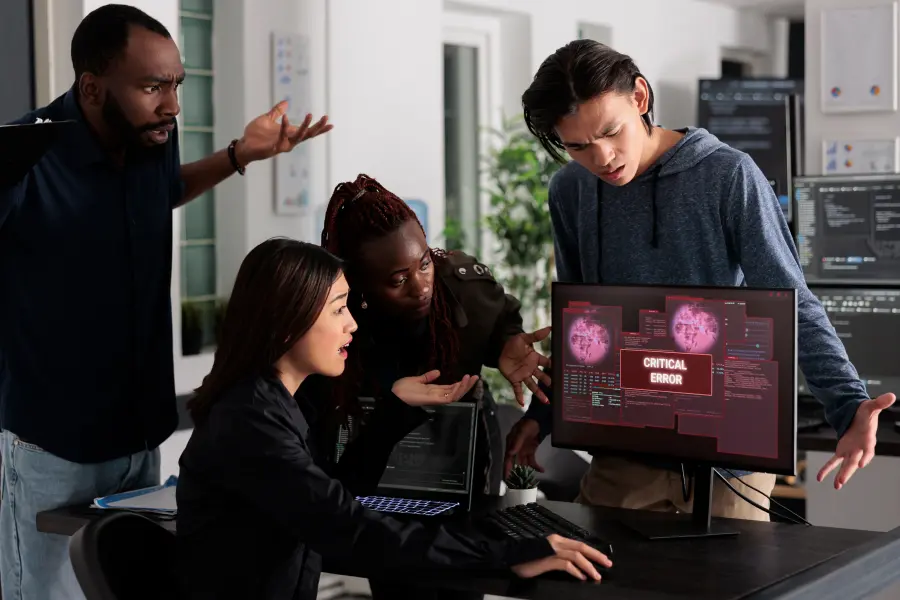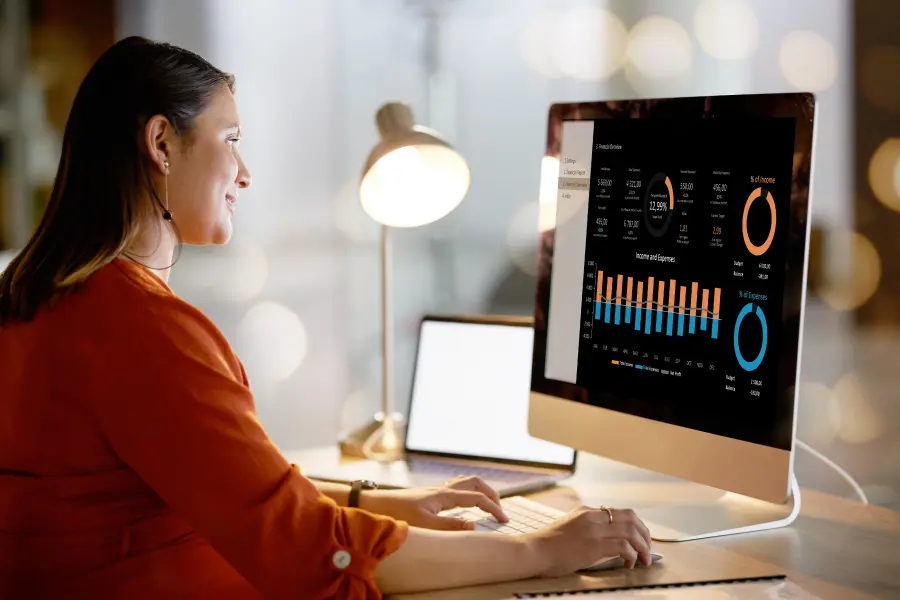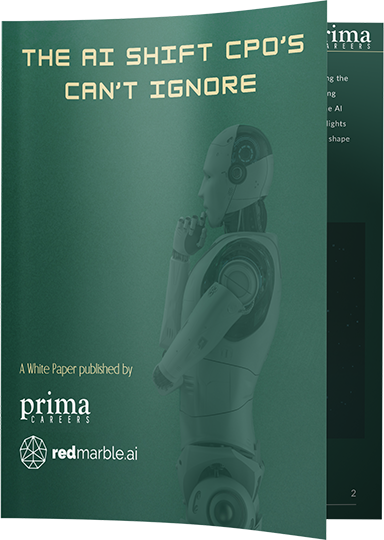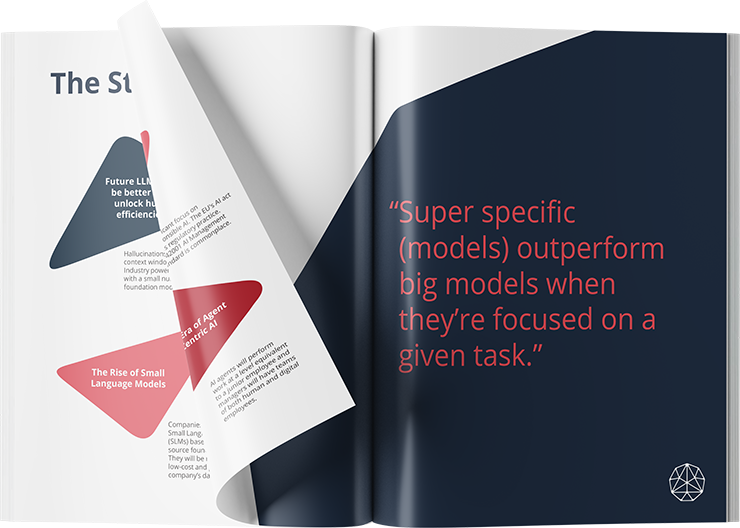Futurists have long predicted that AI technology will leave a lot of workers without a job – especially those with specialised skills. As we emerge from a global pandemic and settle into ‘COVID normal’, the big question is: can AI help people get into work, rather than the other way around?
The answer is yes – however there is a ‘but’. It’s summarised well by a quote in this Wired article:
“You’ll be paid in the future based on how well you work with robots.”
There are many examples of humans and machines complementing each other, but it’s important to remember that we excel at different types of skills. Humans should focus on skills that they uniquely enjoy exercising, while AI technology handles the mundane tasks that don’t require human skills of judgement, creativity or empathy.
Humans and AI technology working together
International tech investor and startup adviser Anupam Rastogi describes the relationship between AI and humans as ‘human-machine symbiosis’.
In 2016 he wrote about the difference between artificial intelligence and intelligence augmentation, and mentioned examples from manufacturing, transport logistics, healthcare and agriculture where companies were leveraging advances in machine learning to augment human capabilities, enhance productivity or optimise use of resources.
Fast forward to today and many AI technologies have developed to help humans thrive, such as:
- Weather predictions helping farmers make real-time decisions on when to pick, plant and harvest.
- ‘Robot’ vacuum cleaners that work away when you’re not at home and free you up to do other things. This is a winner for me!
- The Australian born Swarm Farm Robotic is empowering farmers to automate their operations, even down to driving the tractor.
- And coming soon, you will see the use of prediction AI being used to help save lives by predicting natural disaster events.
How much is AI technology worth to economies?
A recent article in the Australian Financial Review predicts that the COVID-19 pandemic could triple the value of AI, as businesses rush to digitise many of their processes.
Krishan Sharma, technology journalist writes:
“A government-sponsored road map from CSIRO published at the end of 2019 found that the AI sector would be worth $315 billion to the Australian economy by 2028 and $22 trillion to the global economy by 2030.
However, experts such as KPMG’s Partner-in-charge, James Mabbott, tells the Financial Review that both these figures could be as much as “1.5 to 3 times greater” after taking into account the increased levels of investment driven by the disruption caused by the pandemic.”
There’s no doubt that the pandemic has helped push many businesses out of their comfort zone and into a place where they’re more likely to consider digital options and artificial intelligence. How the industry handles this increased interest – and spend – is crucial.
How AI technology is affecting jobs – now and in the future
One factor that will have a big influence on the success of AI’s broader adoption is the people currently employed to integrate it into workplaces. Right now AI is a growing industry – and it will only continue to grow. Having the right people leading AI programs is essential for ensuring that AI operates in harmony with the human workers in the business to generate sustainable positive results.
Infosys’ 2018 ‘Leadership in the Age of AI’ report revealed a possible expertise issue:
“Two thirds of Australian organisations are having difficulties in finding suitable staff to lead AI technology integration and 75% of IT decision makers felt that the executive team in their organization needs formal training on the implications of AI technologies.”
Looking forward, it seems inevitable that there will be some disruption to employment – but does the end justify the means?
The Adelaide University’s 2018 (yes, a little dated, but still relevant!) report “The Impact of AI on the Future of Work and Workers” concludes:
“Occupations that can be replaced by AI and robots will be vulnerable. This has been true for the last 200 years of technological innovation and is hardly a surprise. There is not much call for typists anymore. Nor horse husbandry. These jobs have been taken over by machines. No doubt AI will substantially replace some occupations. But we have also learned from history that despite ever increasing automation from machines such as engines and computers, the total amount of employment has increased and average wealth has increased remarkably.
The capacity of countries to adapt to greater automation has required retraining and investment in education and research on a mass scale so as to build the capacity of the workforce to make best use of the new technologies developed.”
People before profit
The driving force behind AI – as with most other trends or technologies – is money.
As interest in artificial intelligence grows, there is a strong focus on reducing the time and resource required to create machine learning models that can generate the opportunities which will enable the workforces of the future.
It’s in this scenario that the AI industry and humans can really thrive, as long as we find a way to strike the right balance between AI doing our jobs for us, and helping us do our jobs better.
Then comes the next set of questions that need answers:
- Where will the accountability lie to reskill?
- Will it be up to individuals to head back to the classroom, or create working opportunities to develop the required capabilities?
- Or will industries lead the way by putting humans before short-term profits?
If you’d like to let us know your thoughts, or find out more about what AI technology could do for your business, we’d love to talk. Please get in touch.


